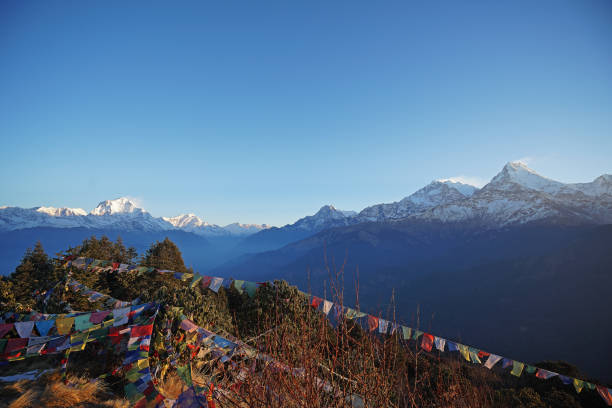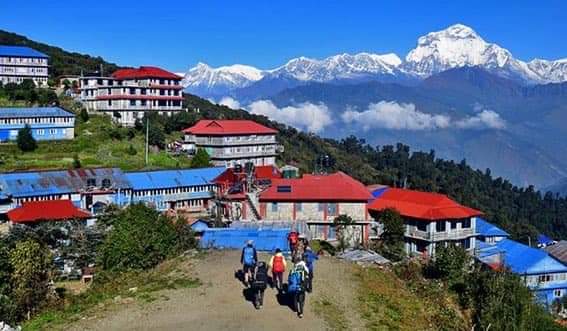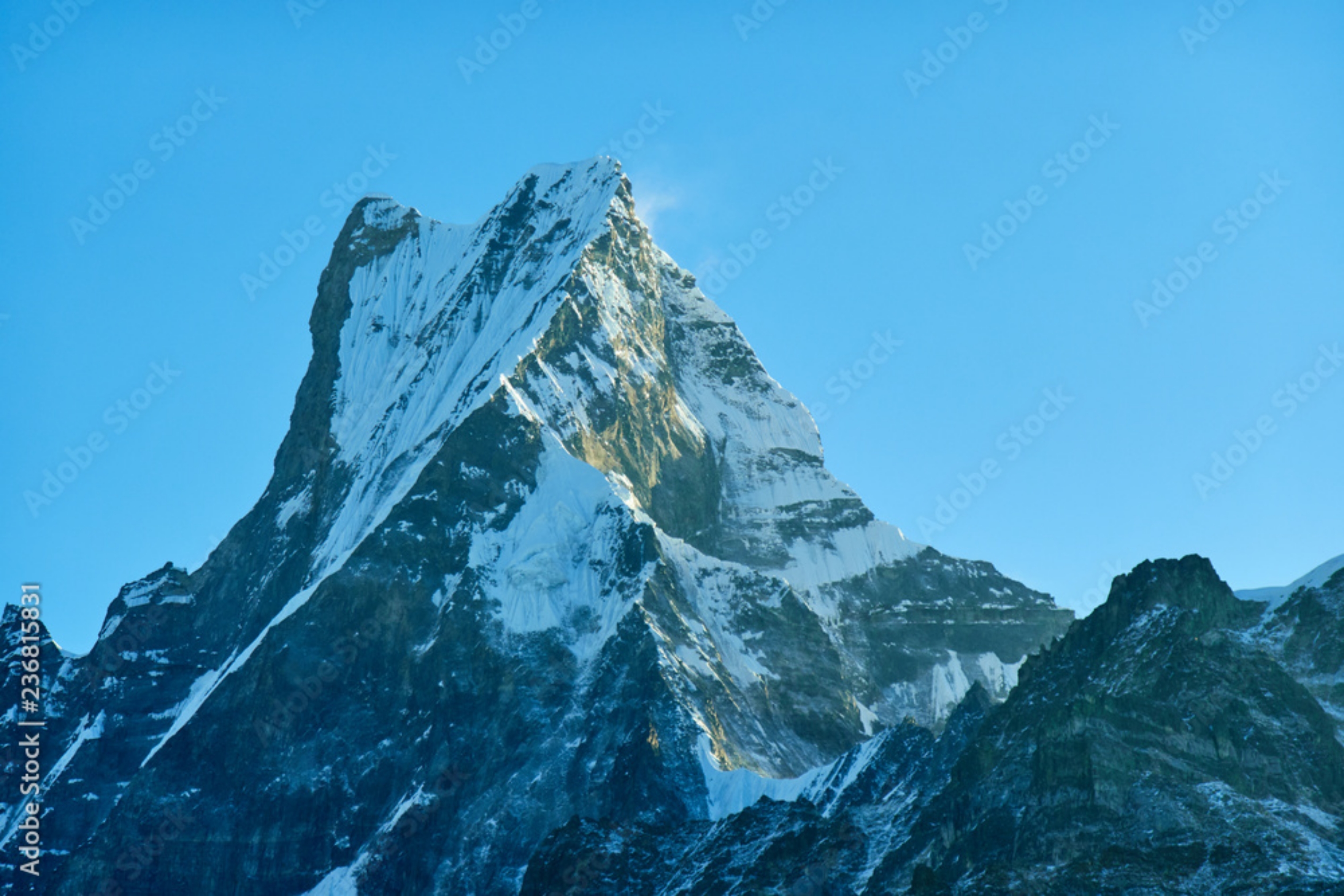Overview
Mohara Danda Trek IN 13 Dyas
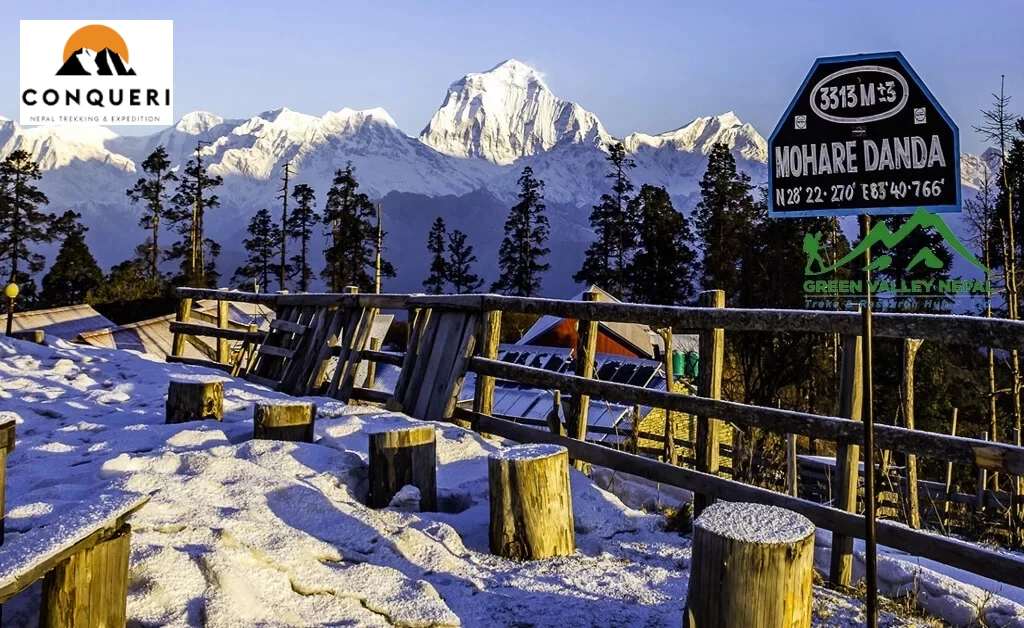
Duration: Typically 5 to 8 days
Maximum Elevation: 3,300 meters at Mohare Danda
Difficulty: Moderate; suitable for trekkers with a reasonable fitness level
Best Seasons: Spring (March–May) and Autumn (September–November) for clear skies and pleasant temperatures
Permits Required: Annapurna Conservation Area Permit (ACAP) and Trekkers' Information Management System (TIMS) card
Highlights
Panoramic Mountain Views: Witness breathtaking vistas of peaks like Dhaulagiri (8,167 m), Annapurna I (8,091 m), Machhapuchhare (6,993 m), and Nilgiri (7,061 m) from Mohare Danda.
Community-Based Tourism: Stay in eco-friendly lodges and homestays managed by local communities, directly contributing to their livelihoods.
Cultural Immersion: Engage with the Magar community, experiencing their traditions, dances, and daily life.
Sustainable Practices: The trek promotes responsible tourism, with initiatives like handmade paper production and organic farming
The Mohare Danda Trek is a serene and culturally rich journey in Nepal's Annapurna region, offering trekkers a unique blend of natural beauty and community-based tourism. Ideal for those seeking a less crowded alternative to popular trails like Poon Hill, this trek provides panoramic Himalayan views, immersive cultural experiences, and a commitment to sustainable tourism.
Mohare Danda Trek is mainly organized for adventures, environment lovers but peaceful souls. Mohare Danda is an alternative choice of crouched Ghorepani poon hill The trek takes you to foothills of Mt. Annapurna, exploring beautiful Rhododendron flowers in amazing forests of Oaks, pines, and bamboos surrounded by panoramic views of Annapurna (8500m\ 27900ft.), Dhaulagiri (8167m\ 26795ft. ) and MT. Fish Tail (6947m\22793ft.) ranges. During trekking on the way, the trail offers you a chance to explore fascinating rivers and mountains. Moreover, glorious views of sunrises and sunsets with amazing settlements of local people, following their own distinct cultures, traditions, norms, and rituals. Although trekking to Mohare Danda is to explore diverse nature, beautiful sceneries, and creeping of birds provide you unforgettable moments of your life
ACCOMODATION
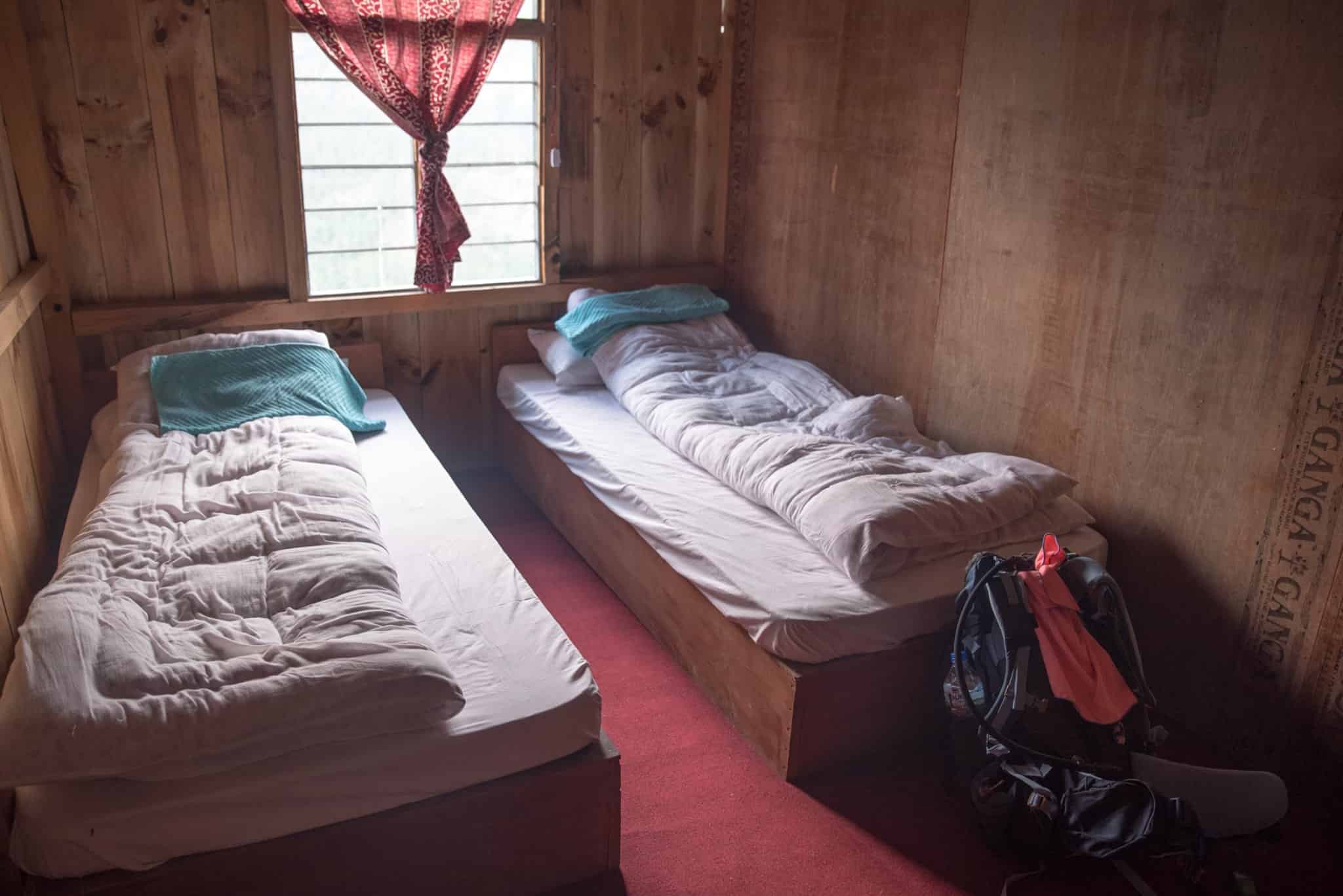
We will be accommodated in 3-star hotels in Kathmandu and Pokhara; and tea houses during the trek. All accommodations are on twin-shared basis. Single supplement will be served on request and will cost an additional USD 260. Conqueri will arrange rooms with attached washrooms; however, tea houses in some places only have shared washing and toilet facilities. Also note that single rooms are readily available in Kathmandu, Pokhara and the trekking regions at lower elevation but it might be difficult to find them at higher elevations.
MEALS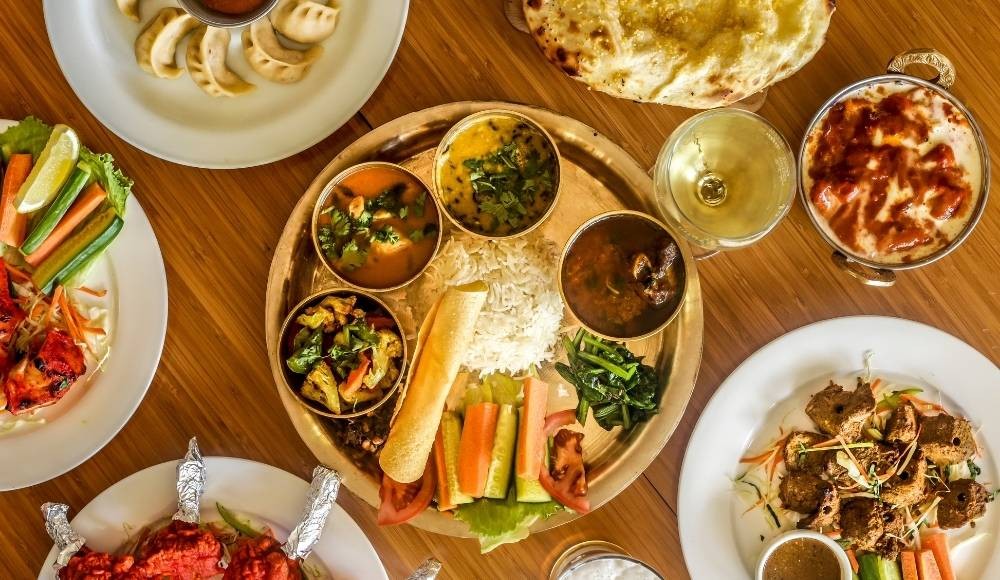

During our trek, we can enjoy authentic Nepalese food as well the more common international cuisine (Tibetan, Continental, Italian, Indian, etc.). Breakfast and dinner will be provided from the tea house or from a lodge menu where we spend the night whereas lunch will be provided on the way to the next destination. All meals including breakfast, lunch and dinner, will be provided during trekking while only breakfast will be available in Kathmandu . There will also be welcome and farewell dinners.
PHYSICAL CONDITION & EXPERIENCE REQUIREMENTS
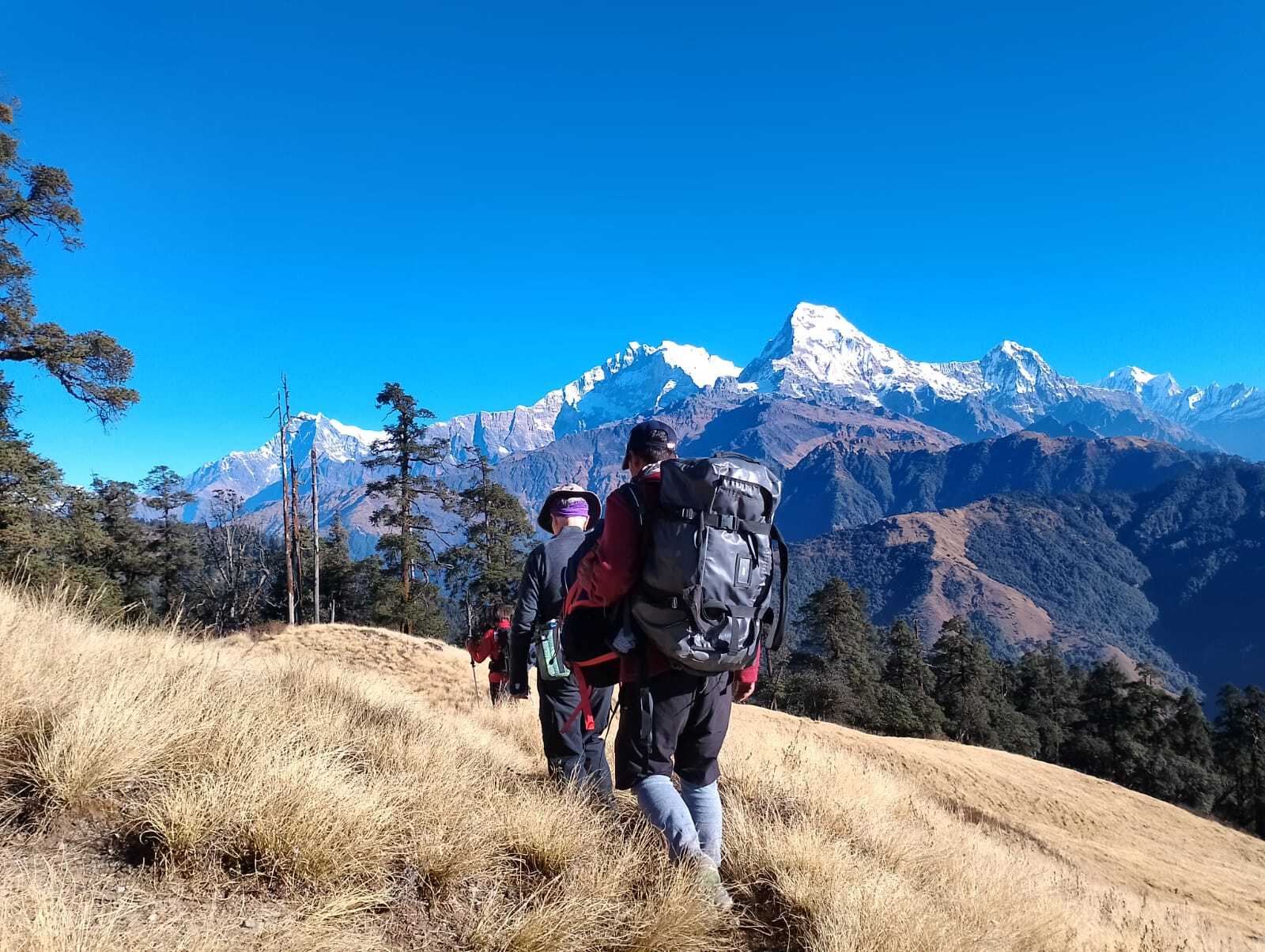
This is a moderate trek suitable for passionate walkers who have the ability to walk at least 5-7 hours a day with a light day pack. Walking in higher altitudes is more physically demanding than walking in lower altitudes; however, if we are in excellent health with average physical fitness and have a positive attitude, self-confidence and strong determination, we can accomplish this trek successfully. Exercising and jogging regularly for some weeks prior to the trip is a good idea to enhance our strength and stability. Past hiking experience would be an asset but no technical skill is required for this trip. It is vital for participants with pre-existing medical conditions such as heart, lung, and blood diseases to consult their doctor before taking the trip. It is also advised that you inform Conqueri of any conditions before booking the trek.
BEST TIME TO TRAVEL
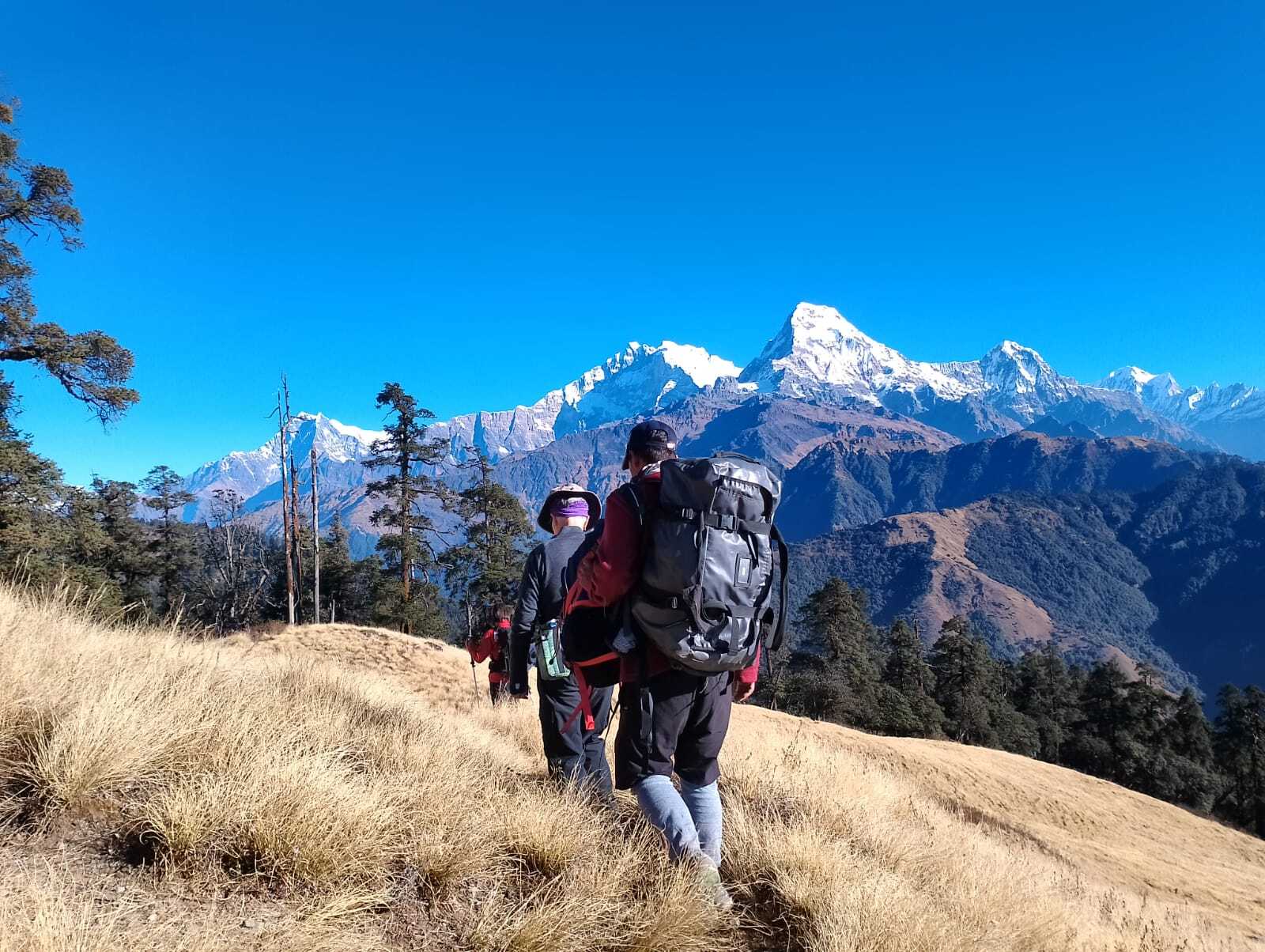
AUTUMN ( SEPTEMBER - NOVEMBER)

SPRING ( MARCH - MAY )
Autumn (Sept. to Nov.) and Spring (March to May) are the best seasons for trekking in the Annapurna region. The weather is sunny and warm with outstanding views. If you wish to avoid crowds and enjoy some alone time with nature, then taking this trip during winter (Dec., Jan., Feb.) could also be an option. However, the temperature during winter could be harsh for most guests. Trekking in the summer or monsoon season (June to Aug.) will be affected by rain but the summer trek could be a boon for a keen botanist.
EXCLUDES
International airfare
Nepal visa which obtained at the airport on arrival {bring 4 copies passport size picture too}
Alcoholic beverages, bottle mineral water, soft drinks and snack foods
Tips to trekking staffs
Any kind of electric battery charging & internet(Wi-Fi)
Emergency Rescue/Evacuation heli cost
Sample Itinerary
Day 1: Drive from Pokhara to Galeshwor (1,170 m) and trek to Banskharka (1,526 m) – 3 hours
Day 2: Trek to Nangi Village (2,300 m) – 5 hours
Day 3: Trek to Mohare Danda (3,300 m) – 6–7 hours
Day 4: Enjoy sunrise views; trek to Tikot Village (2,250 m) – 6–7 hours
Day 5: Descend to Tiplyang and drive back to Pokhara – 3 hours trek, 4 hours drive
Day 2: Trek to Nangi Village (2,300 m) – 5 hours
Day 3: Trek to Mohare Danda (3,300 m) – 6–7 hours
Day 4: Enjoy sunrise views; trek to Tikot Village (2,250 m) – 6–7 hours
Day 5: Descend to Tiplyang and drive back to Pokhara – 3 hours trek, 4 hours drive
Cultural Insights
The trek traverses villages predominantly inhabited by the Magar community, known for their rich traditions and history. Engaging with locals provides insights into their customs, festivals, and daily routines. Notably, Nangi Village is associated with Mahabir Pun, a pioneer in rural internet connectivity in Nepal.
Environmental & Social Impact
By choosing the Mohare Danda Trek, trekkers support:
Local Economies: Revenue from tourism aids in community development projects.
Sustainable Tourism: Emphasis on eco-friendly practices minimizes environmental impact.
Cultural Preservation: Encourages the continuation of traditional crafts and customs.

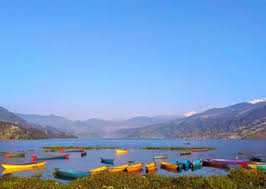
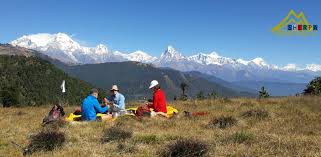
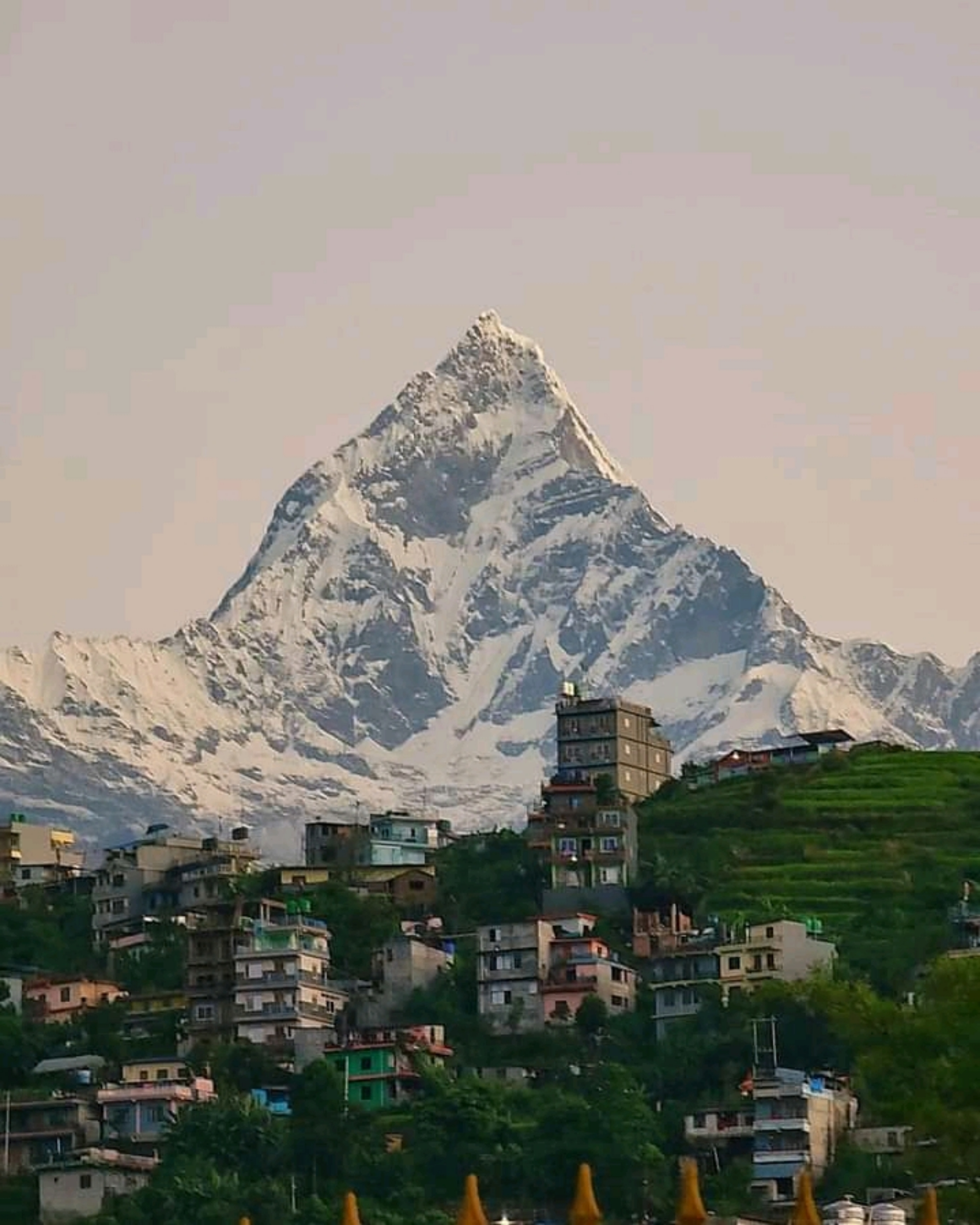
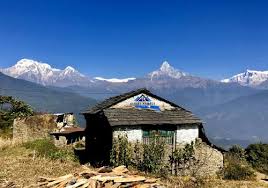
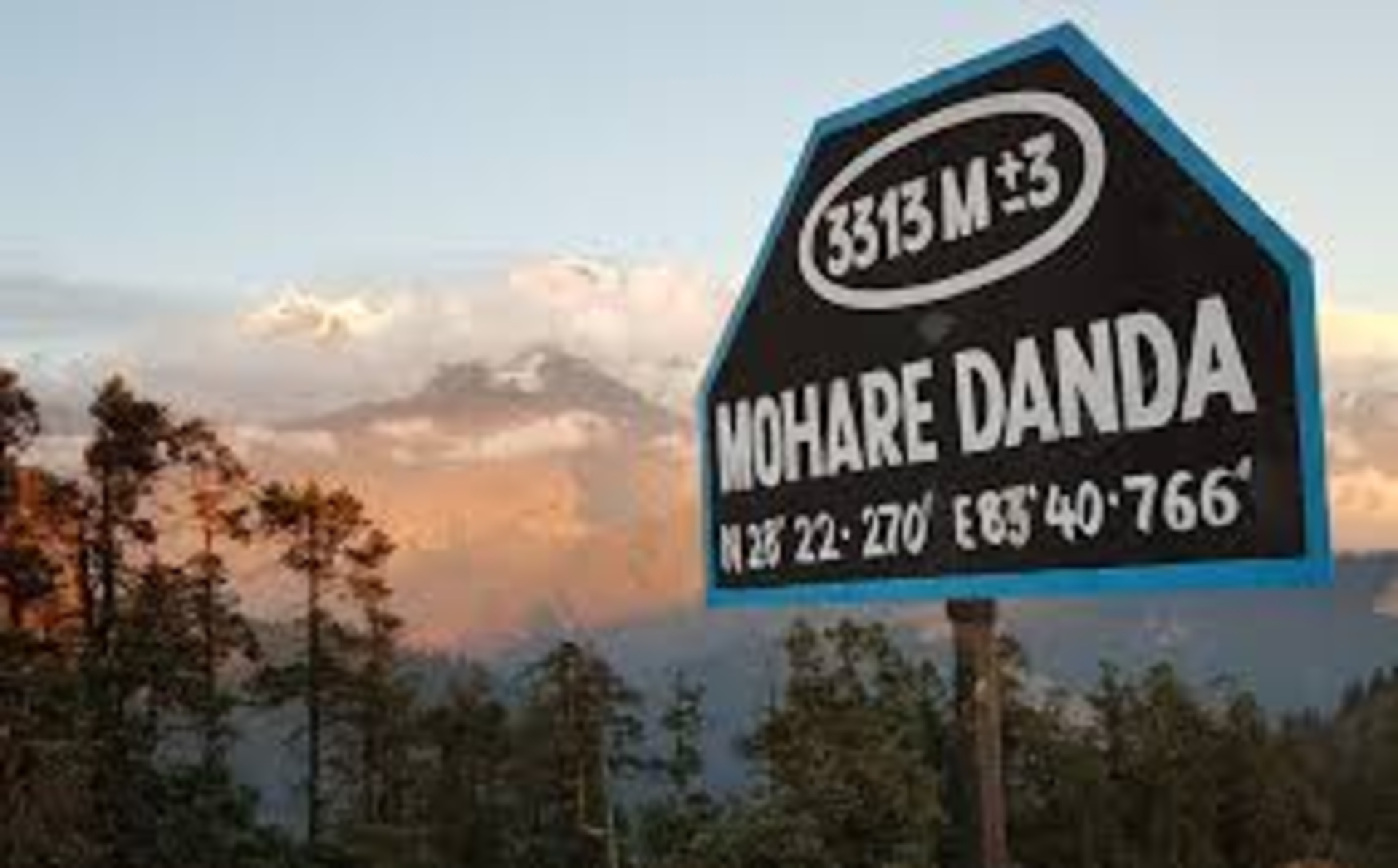
-1696734495.jpg)
